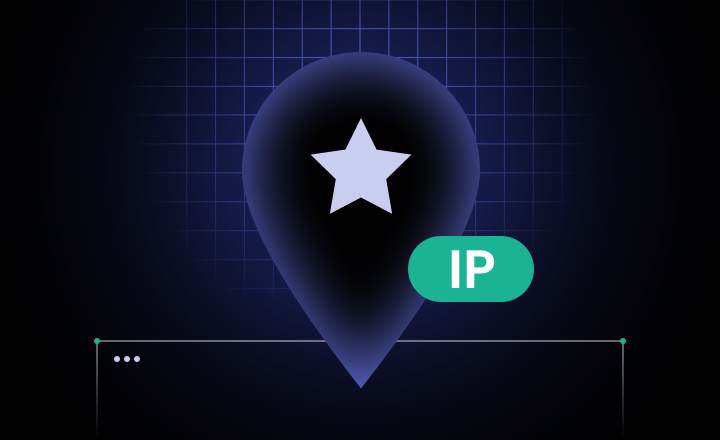
<p><a href="https://www.lokiproxy.com/" rel="noopener noreferrer" target="_blank">socks5</a> is one of the most widely discussed proxy protocols in modern data transmission and online privacy protection. As the demand for web marketing, data scraping, and cross-border access continues to grow, both businesses and individuals are seeking proxy protocols that are more efficient and secure. Among the many available options, HTTP, HTTPS, and SOCKS5 each have their own characteristics and ideal use cases. Choosing the right one directly impacts the stability and anonymity of your data transmission. This article will help you understand the differences and applications of these three major proxy protocols.</p><p><br></p><p>First, HTTP proxy is the oldest and most common type, primarily used for transferring plain-text web data such as website browsing and API requests. Its advantages include fast speed, simple structure, and easy deployment. However, the major drawback of HTTP proxies is that data is transmitted without encryption, making it vulnerable to interception or modification—thus unsuitable for scenarios requiring strong privacy.</p><p><br></p><p>Next is the HTTPS proxy, which adds an SSL/TLS encryption layer on top of HTTP. This effectively prevents third-party monitoring and data theft. For scenarios involving login credentials, sensitive data, or cross-border access, HTTPS offers a higher level of security. However, the encryption and decryption process requires additional computing resources, so HTTPS connections may be slightly slower than HTTP.</p><p><br></p><p>Finally, the SOCKS5 proxy is the most flexible and feature-rich protocol. Unlike the previous two, SOCKS5 supports not only HTTP/HTTPS but also other protocols such as FTP, SMTP, and P2P, allowing it to forward virtually any kind of traffic. It supports UDP transmission, user authentication, and better hides the user’s real IP address. This makes it ideal for web scraping, automated marketing, cross-border e-commerce, and streaming access. In terms of compatibility and security, SOCKS5 outperforms the others and is often the preferred choice of professional users.</p><p>When choosing a proxy protocol, it’s important to match it with your actual needs: use HTTP for simple browsing or low-risk data requests; choose HTTPS for login or transaction-related data; and opt for SOCKS5 if you need comprehensive compatibility and strong anonymity.</p><p><br></p><p>In conclusion, understanding the features of these three proxy protocols not only enhances operational efficiency but also ensures data security and stable connectivity. For individuals or businesses looking to build a professional proxy environment or boost productivity, choosing the right protocol and a reliable provider is equally crucial. If you’re seeking a stable, high-speed global proxy service, consider starting with a trusted platform like <a href="https://www.lokiproxy.com/" rel="noopener noreferrer" target="_blank"><strong>buy proxy</strong></a> to create your own secure data channel.</p>
